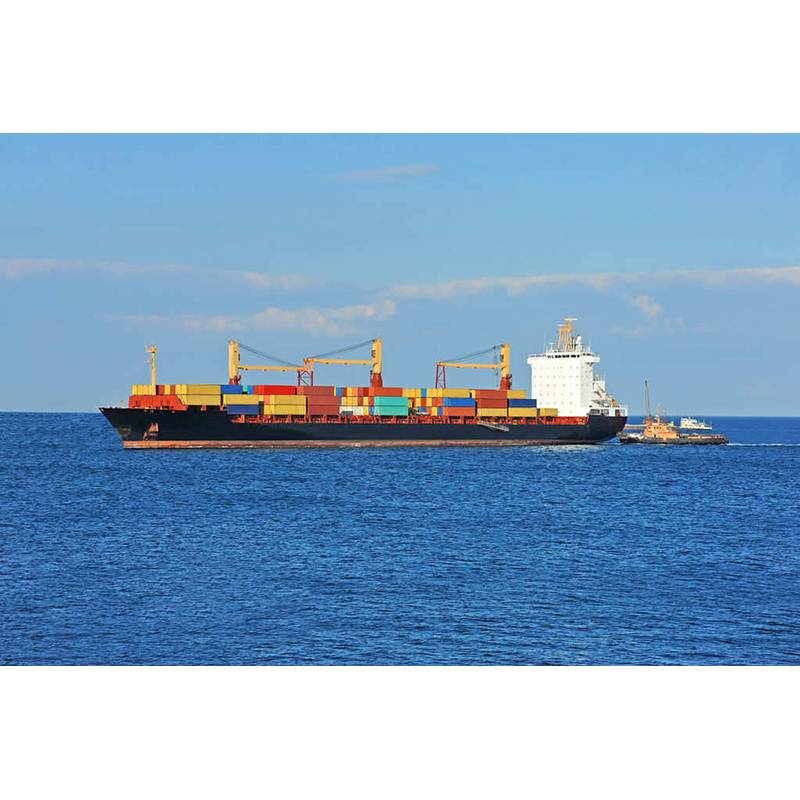Sea freight congestion is really a headache, especially in the past two years, there have been dozens of ships queuing outside the port. But don't panic, we can still find some solutions. For example, when the West Coast ports are severely congested, you can change to the East Coast or South Coast ports. Although the freight is more expensive, it is better than having the goods stuck at sea.
Now smart shippers are playing "time difference" and start shipping two months before the peak season to avoid congestion during peak periods. For example, the daily throughput of Shanghai Port will exceed 120,000 TEUs in 2025, but the ships at Rotterdam Port will have to wait 7 days before docking, so advance planning is particularly important.

Ports are also looking for ways to upgrade sea freight. Tianjin Port has built a "smart zero-carbon" terminal, which has reduced energy consumption by 17%, and Ningbo Port has used Internet of Things technology to reduce the cargo damage rate to 0.03%. However, the situation in Europe is more miserable. The unions often go on strike, and the automated equipment cannot be used.
In the final analysis, congestion treatment requires both soft and hard measures. In terms of hardware, we need to expand the docks and automate them, and in terms of software, we need to optimize the dispatching system. Now the AI prediction system of Shanghai Port can predict congestion 72 hours in advance, and the land-sea combined transport such as the China-Europe Express has also helped a lot. Cargo owners also need to learn to adapt to changes, raise prices when necessary, and change routes when necessary, after all, the losses will be greater if the supply chain is interrupted.
As a professional manufacturer and supplier, we provide high-quality products. If you are interested in our products or have any questions, please feel free to contact us.